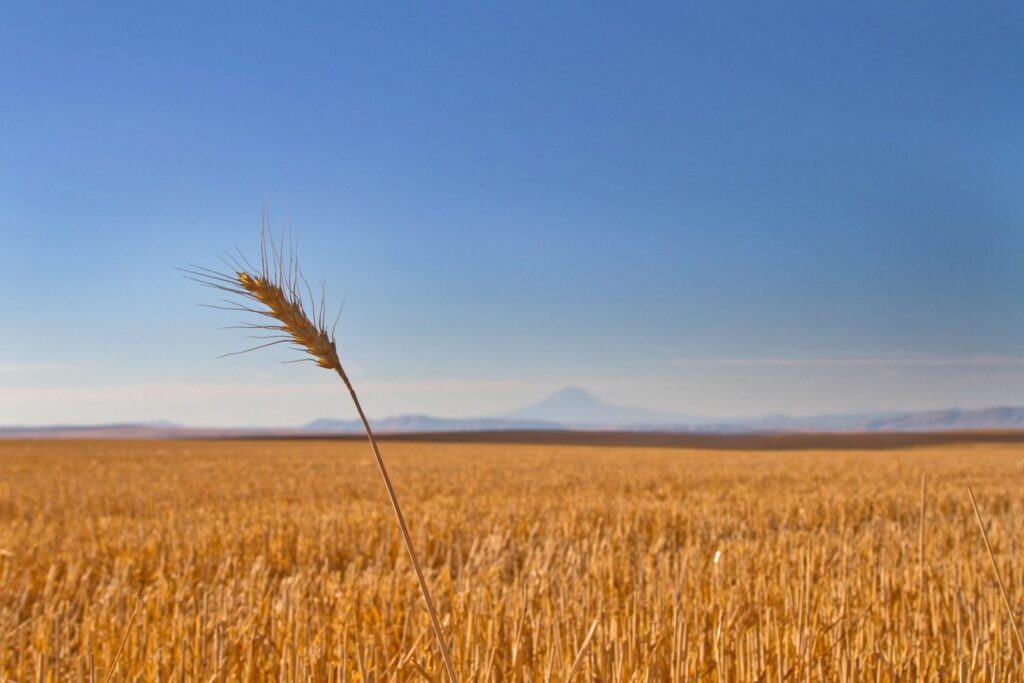Russia is losing its position in the grain market, but maintains its status due to stolen Ukrainian grain

Record low harvest, sanctions and logistical problems are depriving Russia of its status as the largest agricultural exporter.
This year has been the worst for Russian agriculture in the last 17 years. Spring frosts, record heat and drought in the southern regions have led to a sharp drop in yields, according to the Foreign Intelligence Service of Ukraine.
In June, wheat exports from the Russian Federation fell fourfold to 1.12 million tons, and in July, supplies were half as low as last year.
Before that, Russia maintained its leading position in the world market: in 2016, it became one of the largest wheat exporters, and after the invasion of Ukraine, grain remained almost the only lever of influence for the Kremlin in the international arena. However, in the first half of 2025, agricultural exports fell by 14.6%, while imports increased by 14% to $20.6 billion. Thus, Russia was forced to purchase potatoes from China for $49.4 million (six times more than last year) and apples for $12.4 million (+50%).
The situation demonstrates the weaknesses of the wartime economy: a high Central Bank rate, low world grain prices, expensive transportation, and growing domestic demand. This calls into question the implementation of Moscow’s plan to increase agricultural exports to $55 billion by 2030.
Despite this, the Kremlin is trying to maintain its position on the world market at the expense of the occupied territories of Ukraine. According to estimates by the Center for National Resistance, about three million tons of grain are exported from there every year, which, under the guise of “Russian” grain, reaches 70 countries around the world, including Egypt, Turkey, and Iran.
Thus, the day before yesterday, the Russian ship “Victoria V” headed to Alexandria with over 5,000 tons of wheat from temporarily occupied Berdyansk.





